Filter by

Two Studies on Ming History
In the first study of Two Studies on Ming History , Charles O. Hucker presents an account of a military campaign that provides insight into the nature of civil officials' authority, decision-making, and relationship with the Ming court. In the spring and summer of 1556, a Chinese renegade named Hsü Hai led an invading group of Japanese and Chinese soldiers on a plundering foray through the nor…
- Edition
- -
- ISBN/ISSN
- 9780472901524
- Collation
- -
- Series Title
- -
- Call Number
- 951 HUC t
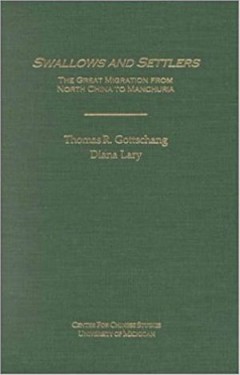
Swallows and Settlers: The Great Migration from North China to Manchuria
Between the 1890s and the Second World War, twenty-five million people traveled from the densely populated North China provinces of Shandong and Hebei to seek employment in the growing economy of China's three northeastern provinces, the area known as Manchuria. This was the greatest population movement in modern Chinese history and ranks among the largest migrations in the world. Swallows a…
- Edition
- -
- ISBN/ISSN
- 9780472901753
- Collation
- -
- Series Title
- -
- Call Number
- 951 GOT s
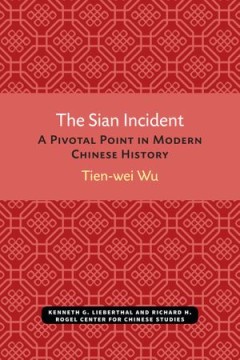
The Sian Incident: A Pivotal Point in Modern Chinese History
When Chiang Kai-shek arrived at Sian in the fall of 1936 and laid plans for launching his last campaign against the Red Army with an expectation of exterminating it in a month, he badly misjudged the mood of the Tungpei (Northeast) Army and more so its leader, Chang Hsueh-liang, better known as the Young Marshal. Refusing to fight the Communists, Chang with the loyal support of his officers sta…
- Edition
- -
- ISBN/ISSN
- 9780472902149
- Collation
- -
- Series Title
- -
- Call Number
- 951 WUT s
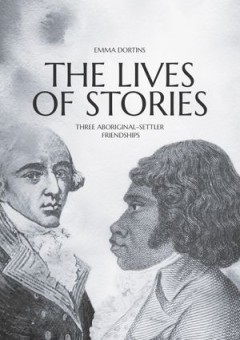
The Lives of Stories: Three Aboriginal-Settler Friendships
The Lives of Stories traces three stories of Aboriginal–settler friendships that intersect with the ways in which Australians remember founding national stories, build narratives for cultural revival, and work on reconciliation and self-determination. These three stories, which are still being told with creativity and commitment by storytellers today, are the story of James Morrill’s adopti…
- Edition
- -
- ISBN/ISSN
- 9781760462406
- Collation
- -
- Series Title
- -
- Call Number
- 994 DOR l
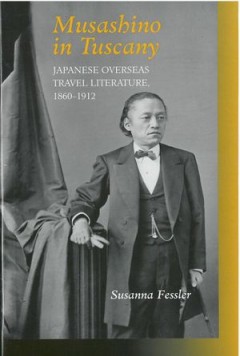
Musashino in Tuscany: Japanese Overseas Travel Literature, 1860–1912
By the late Meiji period Japanese were venturing abroad in great numbers, and some of those who traveled kept diaries and wrote formal travelogues. These travelogues reflected a changing view of the West and changing artistic sensibilities in the long-standing Japanese literary tradition of travel writing (kikoobungaku). This book shows that overseas Meiji-period travel writers struck out to cr…
- Edition
- -
- ISBN/ISSN
- 9780472901975
- Collation
- -
- Series Title
- -
- Call Number
- 895.6 FES m
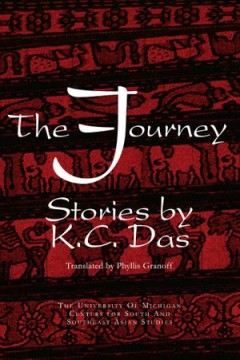
The Journey: Stories by K. C. Das
K. C. Das is deservedly one of the most celebrated writers in India today. He writes primarily in Oriya, the language of his native state of Orissa, where he was born in 1924. A civil servant by profession, Das pursued a second career as a writer of stories, poems, and essays. The stories in this collection take place in an urban setting. The characters are mainly middle class, making them m…
- Edition
- -
- ISBN/ISSN
- 9780472902316
- Collation
- -
- Series Title
- -
- Call Number
- 808.84 DAS j
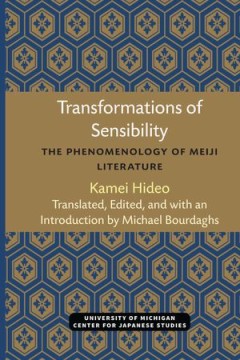
Transformations of Sensibility: The Phenomenology of Meiji Literature
First published in Japan in 1983, this book is now a classic in modern Japanese literary studies. Covering an astonishing range of texts from the Meiji period (1868–1912), it presents sophisticated analyses of the ways that experiments in literary language produced multiple new—and sometimes revolutionary—forms of sensibility and subjectivity. Along the way, Kamei Hideo carries on an exte…
- Edition
- -
- ISBN/ISSN
- 9780472901425
- Collation
- -
- Series Title
- -
- Call Number
- 895.6 KAM t

"The Sting of Death” and Other Stories
How can people in the spotlight control their self-representations when the whole world seems to be watching? The question is familiar, but not new. Julia Fawcett examines the stages, pages, and streets of eighteenth-century London as England's first modern celebrities performed their own strange and spectacular self-representations. They include the enormous wig that actor Colley Cibber donned…
- Edition
- -
- ISBN/ISSN
- 9780472902019
- Collation
- -
- Series Title
- -
- Call Number
- 808.9 SHI s
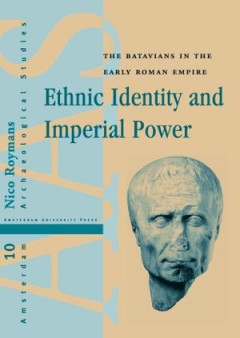
Ethnic Identity and Imperial Power The Batavians in the Early Roman Empire
This study explores the theme of Batavian ethnicity and ethnogenesis in the context of the Early Roman Empire, starting with the current view of ethnicity as a culturally determined, subjective construct shaped through interaction with an ethnic 'other'. The study analyses literary, epigraphic and archaeological sources relating to the Batavian image and self-image against the background of the…
- Edition
- -
- ISBN/ISSN
- 9789053567050
- Collation
- -
- Series Title
- -
- Call Number
- -
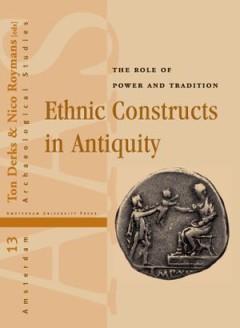
Ethnic Constructs in Antiquity The Role of Power and Tradition
This volume explores the theme of ethnicity and ethnogenesis in societies of the ancient world. Its starting point is the current view in the social and historical sciences of ethnicity as a subjective construct that is shaped through interaction with an ethnic 'other'. The 13 essays collected in this volume are based on the analysis of historical, epigraphic and archaeological source material …
- Edition
- -
- ISBN/ISSN
- 9789089640789
- Collation
- -
- Series Title
- -
- Call Number
- -
 Computer Science, Information & General Works
Computer Science, Information & General Works  Philosophy & Psychology
Philosophy & Psychology  Religion
Religion  Social Sciences
Social Sciences  Language
Language  Pure Science
Pure Science  Applied Sciences
Applied Sciences  Art & Recreation
Art & Recreation  Literature
Literature  History & Geography
History & Geography